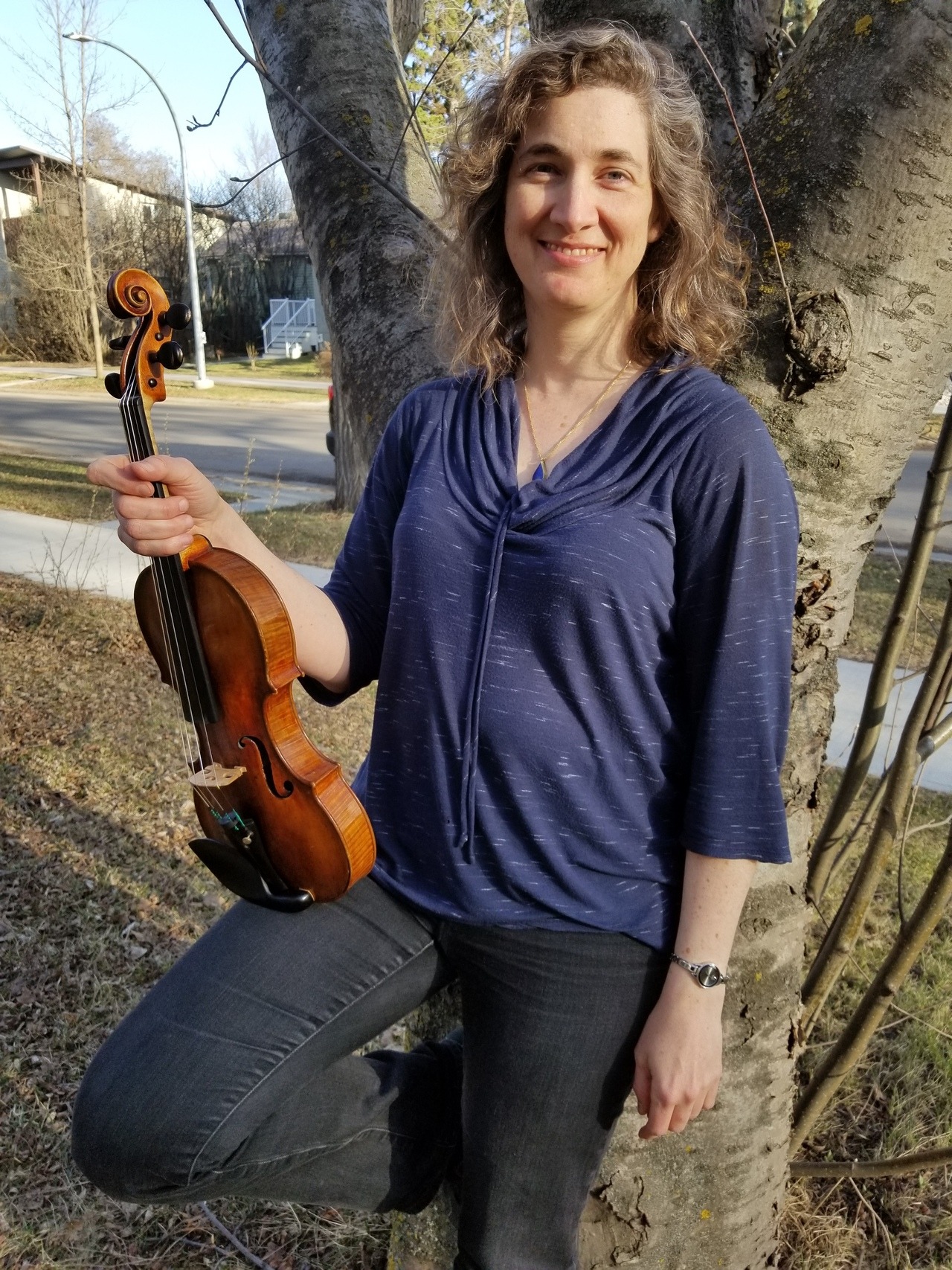Valerie Sim
MD: University of Calgary
Residency (Neurology): University of Ottawa.Post-doctoral fellowship: NIH Rocky Mountain Laboratories, Hamilton, Montana, USA.
Position: Associate Professor.
Division of Neurology, Department of Medicine, Centre for Prions and Protein Folding Diseases. Neuroscience and Mental Health Institute,
Faculty of Medicine & Dentistry.
E-mail: valerie.sim@ualberta.ca
Background
Prion disease is a transmissible fatal brain disease that can happen spontaneously when the normal form of the prion protein changes shape. This misshapen form then triggers a chain reaction, causing other normal prion proteins to change shape and clump together. These clumps spread through the brain and kill brain cells. Depending on which shape is present, the disease can affect different parts of the brain. Sometimes the disease can be inherited, if the normal prion protein has a mutation that makes it more likely to fold into the wrong shape. Also, the disease has been transmitted from human to human through contaminated growth hormone, corneal transplants, or cadaveric dura mater used in brain surgeries. Sometimes the disease can cross between species, with the classic example being variant Creutzfeldt-Jakob disease (vCJD) caused by consumption of food contaminated with bovine spongiform encephalopathy (BSE or mad cow disease). We do not yet know whether chronic wasting disease (CWD) of deer, elk, moose and reindeer pose a direct risk to human health.
Projects
Treatments
We use a brain slice culture model, or "prion disease in a dish", which is ideal for studying how the stages of diseases develop as well as for testing different types of treatments. We are targeting three different stages (the three "C's") of disease in order to find a cure:
Conversion
During disease, prion proteins change shape and then cause other prion proteins to change shape. Blocking this shape-changing process (called conversion) is one target for drugs. We are testing more than one conversion inhibitor at a time because we know that if we only prevent conversion into one shape, the prion protein is able to adapt and convert into a different shape. This is similar to the idea of antimicrobial resistance in bacteria. This shape or conformation resistance in prions could be one reason that treatments have failed to date.
Clearance
There are cell processes that try to get rid of the misshaped prion proteins as they form. Improving this clearance process is another way to treat disease.
Cell death
As misshapen prion proteins build up in the brain, they trigger brain cell death. Using drugs that help cells resist cell death is a third way to slow down the disease. I believe it is only by targeting all three targets that we will be successful in treating prion disease. Currently, we are testing compounds that are already safe in humans, so that we can quickly translate our findings to human use.
Strains
We are also studying details about the prion protein structure itself. We want to better understand how prion protein can take on different shapes and how these shapes affect how toxic and infectious the prion protein becomes. In particular, we want to know whether the prion disease of deer and elk, Chronic Wasting Disease, may pose a risk to human health. I believe this depends a lot on what types of shapes the deer and elk prion proteins can form.
Selected publications
Norman G, Campeau J, Sim VL. High dose and delayed treatment with bile acids ineffective in RML prion-infected mice. Antimicrob Agents Chemother. 62(8). 2018 May 21. pii: AAC.00222-18. doi: 10.1128/AAC.00222-18. 2018.
Foroutanpay BV, Kumar J, Kang SG, Danaei N, Westaway D, Sim VL, Kar S. The effects of N-terminal mutations on beta-amyloid peptide aggregation and toxicity. Neuroscience. 20(379):177-188. doi: 10.1016/j.neuroscience.2018.
Gupta AN, Neupane K, Rezajooei N, Cortez L, Sim V, Woodside MT. Pharmacological chaperone reshapes the energy landscape for folding and aggregation of the prion protein. Nat Commun. 7:12058. 10.1038/ncomms12058. 2016.
Kumar J, Namsechi R, and Sim VL. Structure-based peptide design to modulate amyloid beta aggregation and reduce cytotoxicity. PLoS ONE. 10(6):e0129087. 2015.
